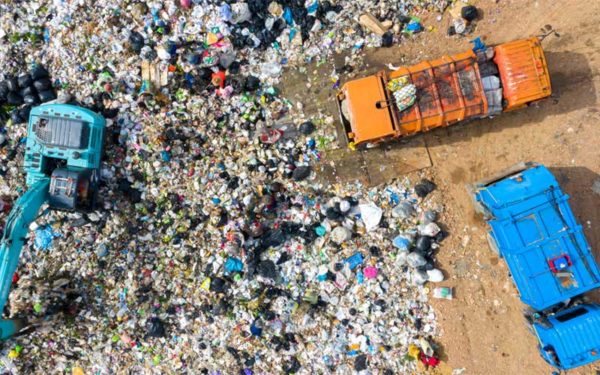Protecting Drinking Water
New England’s drinking water is under threat from dangerous chemicals found in everyday household and industrial products. In the absence of federal protections, state leaders must step up to protect public health and safety.
CLF in Action
New Englanders can no longer take for granted the safety of our drinking water. PFAS – per- and polyfluorinated alkyl substances – are toxic chemicals that have been found in public water supplies, private wells, and groundwater in many cities and towns across the region, warranting serious action by regulators to protect the public’s health.
The risks caused by these chemicals are well known, but federal agencies have failed to take meaningful action to protect us from them. CLF and our partners are calling on state leaders to step in to protect our waters – and our health – from these dangerous poisons.
CLF has petitioned regulators in every New England state to adopt a stringent drinking water standard that protects residents from exposure to all PFAS compounds. We want state leaders to require regular monitoring and removal of these toxic chemicals from our water.
What’s at Stake
Since the mid-20th century, PFAS have been used widely in products that many of us rely on every day – nonstick cookware, food wrappers, water-repellent clothing, stain-resistant fabrics and carpets, some firefighting foams, and products that resist grease, water, and oil. Today, there are approximately 9,000 different kinds of these chemicals – and more are being developed every day.
Scientific studies show that PFAS may adversely affect growth, learning, and behavior in infants and children, and make it harder for a woman to get pregnant. They may interfere with natural human hormones and the immune system, increase cholesterol, and disrupt liver, thyroid, and pancreatic function. Researchers also suspect that some PFAS may increase the risk of cancer. They are toxic in very small amounts and stay in our blood for years. No medical interventions will remove them from the body.
Production of at least two kinds of PFAS – perfluorooctanoic acid, or PFOA, and perfluorooctanesulfonic acid, PFOS – has been phased out due to the dangers they pose. But these chemicals will remain in drinking water sources for decades to come. In the meantime, manufacturers are replacing them with new PFAS that may cause similar health risks – and federal and state regulators simply can’t keep up. That’s why we need a drinking water standard that protects against this entire class of chemicals.




